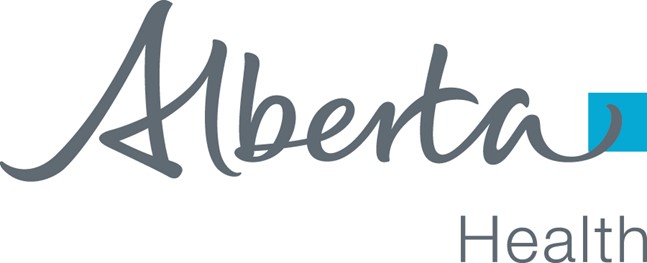Alignment to Standards
The Alberta eOrder Lab Messaging Standard (AB:eOrder-Lab) is scoped for lab orders generated, stored, and transmitted within Alberta. In the absence of a pan-Canadian electronic ordering lab messaging specification, the Alberta specification uses relevant FHIR resources from the Pan-Canadian eReferral-eConsult Messaging Standard (CA:eReC).
The Alberta eOrder Lab Messaging Standard applies relevant constraints and extensions specified in previously developed Alberta FHIR specifications (i.e. Patient Summary (PS-AB) and eReferral and eConsult (AB:eReC). The inherited applicable constraints and extensions from AB:eReC and PS-AB and the additional constraints applicable to eOrder lab are the sources of variances. A few notable variances between AB:eOrder-Lab and CA:eReC include:
TO BE UPDATED
| Variance | Additional Description and Examples |
|---|---|
| Tighter MustSupport constraints | AB:eOrder-Lab MustSupport elements are a superset of CA:eRec MustSupport elements; AB:eOrder-Lab includes some additional MustSupport elements on top of those specified by CA:eReC (e.g. Patient.name.text and Practitioner.identifier.assigner are MustSupport elements in AB:eOrder-Lab). |
| Tighter cardinality constraints | AB:eOrder-Lab applies additional cardinality constraints on some elements to support business requirements including integration with provincial digital health assets in Alberta (e.g. Practitioner.name has 1..* cardinality in AB:eOrder-Lab vs. 0..m in CA:eReC and Service.code has 1..1 cardinality in AB:eOrder-Lab vs. 0..1 in CA:eReC). |
| Tighter constraints on optional data elements through use of invariants | AB:eOrder-Lab uses invariants or constraints in the Bundle to ensure that data not permitted to be sent/received for privacy and/or clinical reasons are not included in an instance of Alberta eReferral-eConsult message (e.g. Practitioner.birthDate. Location.managingOrganization are restricted in AB:eOrder-Lab). Additionally, AB:eOrder-Lab uses invariants or constraints in the Bundle to ensure that optional data are present in an instance of a resource (e.g. Patient.telecom:Phone must be present) |
| Tighter constraints on options for reference elements | AB:eOrder-Lab places tighter constraints on some options for references (e.g. ServiceRequest.supportingInformation allows only QuestionnaireResponse). Additionally AB:eOrder-Lab uses Alberta profiles for reference elements whenever an Alberta profile is available (e.g. PatientABeReC is used in ServiceRequest.subject rather than the base FHIR Patient resource) |
| Use/addition of extensions | AB:eOrder-Lab uses extension to support business requirements (e.g. Patient.extension.individual-recordedSexOrGender rather than Patient.gender to support additional gender such as "X"); Bundle.meta.extension.submissionMetadata to support submission-related metadata). |
| Terminology | In some instances, AB:eOrder-Lab uses a subset of CA:eReC bound value set/code system (e.g SecurityLabel) or uses an Alberta-specific value set (e.g. RepeatPatternCode) instead of the CA:eReC bound value set. |
